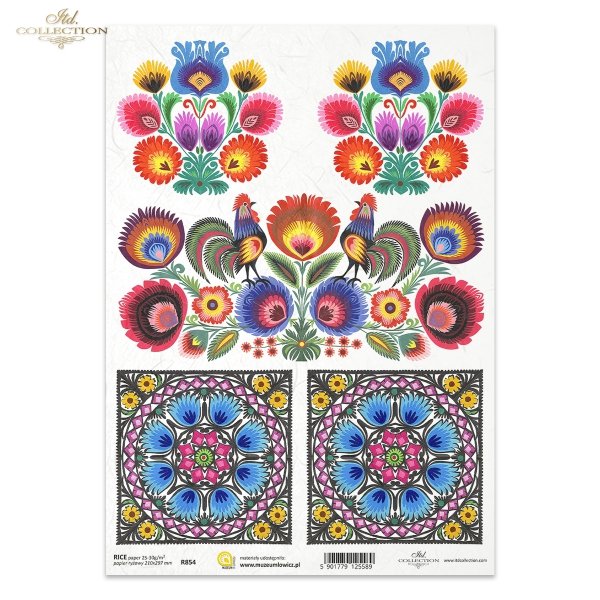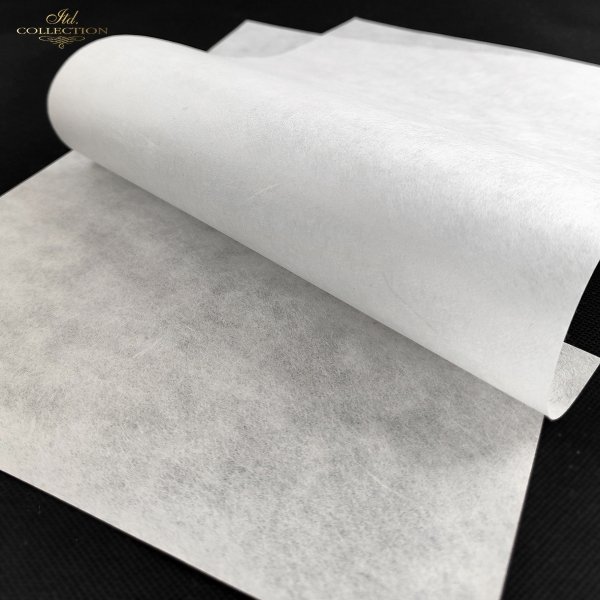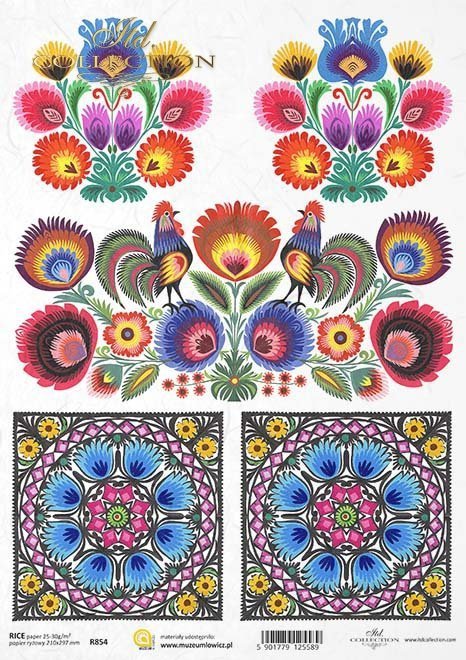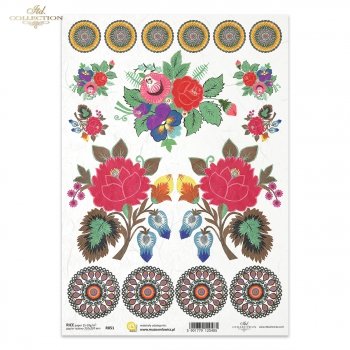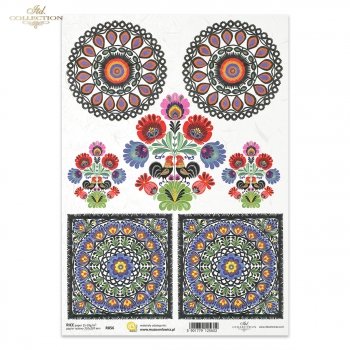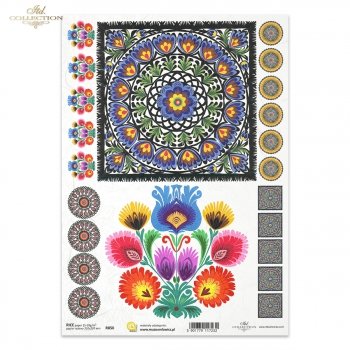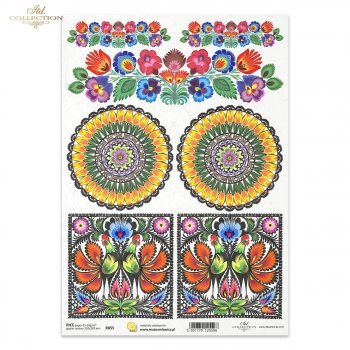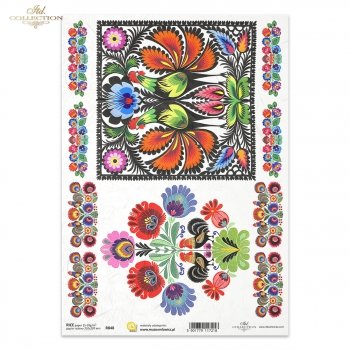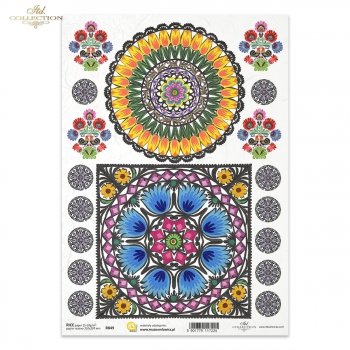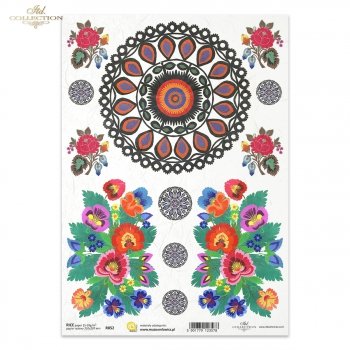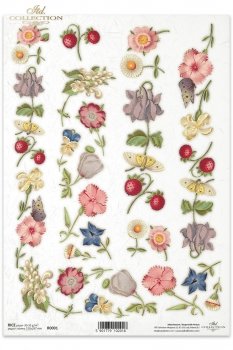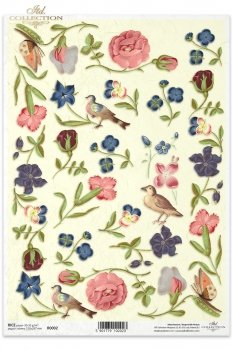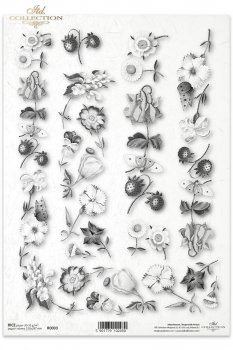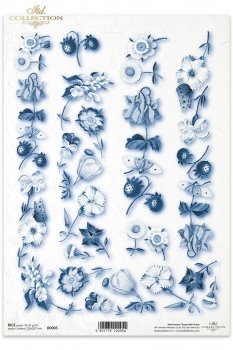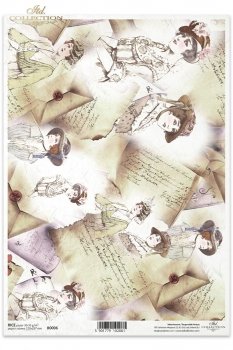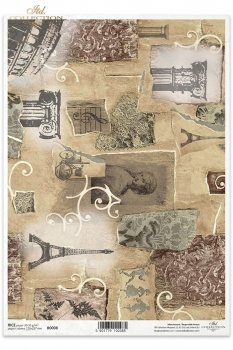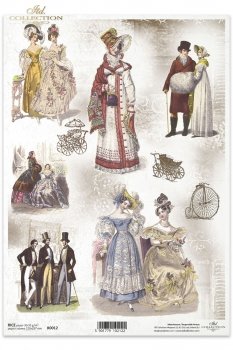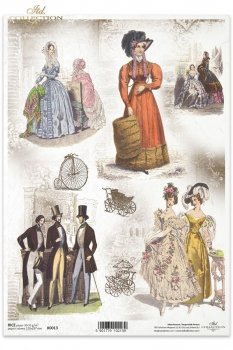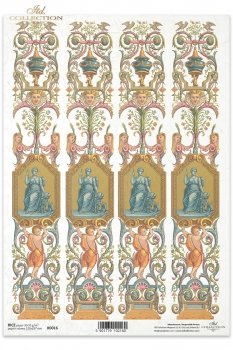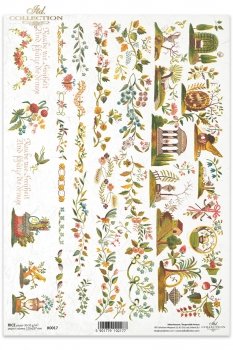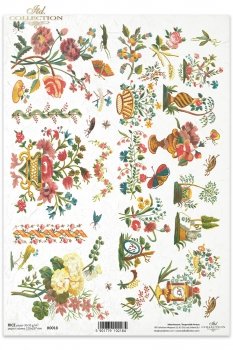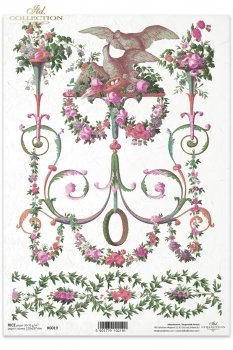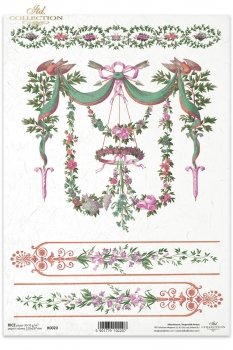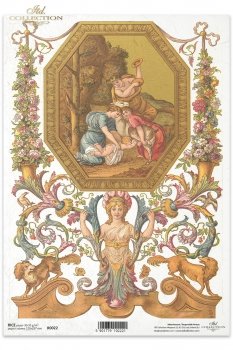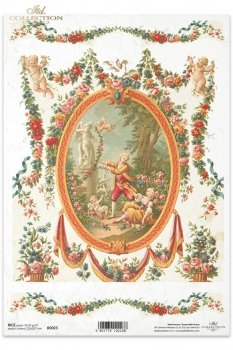-
Załączniki bezpieczeństwa
Załczniki do produktuZałączniki dotyczące bezpieczeństwa produktu zawierają informacje o opakowaniu produktu i mogą dostarczać kluczowych informacji dotyczących bezpieczeństwa konkretnego produktu
-
Informacje o producencie
Informacje o producencieInformacje dotyczące produktu obejmują adres i powiązane dane producenta produktu.ITD Collection
-
Osoba odpowiedzialna w UE
Osoba odpowiedzialna w UEPodmiot gospodarczy z siedzibą w UE zapewniający zgodność produktu z wymaganymi przepisami.
Rice decoupage paper
folk, Museum of Łowicz, the Polish folk paper art ...
Rice paper R0854
Size A4 - 210x297 mm / 8.27x11.7 in; paper weight 30-35 GSM
Rice handcraft paper. It is perfect for beginners as well as for advanced enthusiasts of paper crafting, decoupage, scrapbooking, mixed media and other paper decorating techniques. The best paper to use in the decoupage technique. Very thin and light - only about 30-35 g/m2, semi-transparent, naturally white. It contains typical, clearly visible fibers of irregular gauge, arranged in all directions all over the paper surface, giving it an original look and structure. The paper is unusually strong and durable, it does not disintegrate in hands. It is easy to stick to any base used in decoupage (glass, wood, mdf, polystyrene foam, etc.), with any glue used for decoupage. It is possible to lengthen it slightly while decorating rounded objects. It does not corrugate. It is surely the best alternative in the napkin technique.
Bright colors, that do not wash off in contact with glue and do not fade. The overprint is done with use of a verified technology (digital print with satin, slightly shiny finish), and the design is impressive. The rice paper for decoupage does not need any previous preparation. Just glair it and stick.
Each picture should be torn away from a sheet, and not cut with scissors. The irregular edge of the rice paper is really easy to hide on the surface of the decorated object. Final work should be sealed with multiple coats of varnish.
We created for you a collection where you can find unusual patterns. So many graphics in one online store, only in our place you will find all you need. Exceptional compilation of images and background.
the Museum of Łowicz, Poland
Gwiozda, Danuta Wojda, Łowicz, 2005
Kodra, Helena Rześna, Łowicz, 2001
Wycinanka ażurowa, Danuta Wojda, Łowicz, 2013
A paper cut-out from Łowicz
A paper cut-out from Łowicz is one of the more interesting forms of the Polish folk paper art. As the expression of artistic skills ofKsiężacy – the ethnic group which used to live in the Łowicz area called region łowicki within the present borders of the poviats of Łowicz and Skierniewice – it became the vital part of their material culture, and nowadays its symbol as well. A paper cut-out appeared in the first half of the 19th century when the paper mill in Konstatncin – Jeziorna near Warsaw started the production of polished colour paper, today called cut-out paper. Until the beginning of the 20th century, paper cut-outs were made to decorate the interiors of the peasants’ houses in the area of Łowicz.
Unusual pictorialness, complex form and rich range of topics are the main characteristic features of the Łowicz paper cut-outs. They are created by the method of multilayer sticking – at first on the white paper, and then consecutively one by one colourful layer, beginning with the biggest elements till the smallest ones. Scissors used to shear sheep and glue made from boiling rye flour have been traditionally used to create paper cut-outs until today.
Paper cut-outs were placed in the certain parts of a traditional peasant house. The round gwiozdy were hung on the beams under the ceiling. The rectangular horizontal kodry vel. tofle were placed among them. Kodry of great sizes were also hung above the bench between the windows. Vertical tasiemki, consisting of two stripes of paper, were placed between the paintings of the Saints.
Since the beggining of the 20th century, the paper cut-outs of Łowicz have been attracting people who were not connected with the rural community – folk experts, collectors, artists. The paper cut-outs were discovered and presented to the world by the Cracow painter, the student of Jan Matejko, connected with the Polish Applied Art Institution – Towarzystwo Polska Sztuka Stosowana – Leonard Strojnowski. Staying in the area of Łowicz for some time, he gathered the collection of the paper cut-outs and presented it on the exhibition in Cracow Sukiennice in 1901.
In the 1920s, openwork cut-outs appeared as a new form of the paper cut-outs. Since then, paper cut-outs have become the souvenir from the region – eagerly bought by tourists visiting Łowicz, mainly during the famous processions of the Corpus Christi Day.
Until now, in Łowicz and the area nearby, there are women who create traditional forms of paper cut-outs and their modern types as well (openwork paper cut-outs in various shapes, congratulatory scrolls, postcards). Flowery trees, animals, such as cocks, peacocks, horses; and people wearing traditional folk costumes, presented during annual or family rites, are the most favourite and frequently presented patterns by the former and present artists.
The largest collection of Łowicz paper cut-outs in Poland and in the world, consisting of over 2,600 items, is presented in the Museum of Łowicz.










